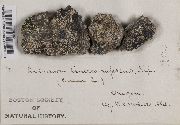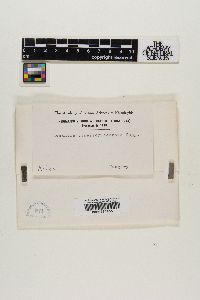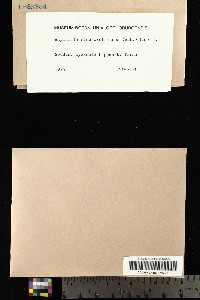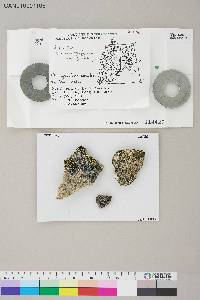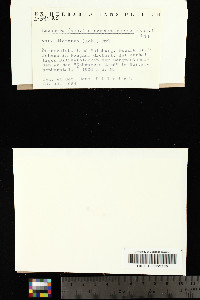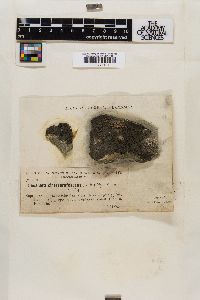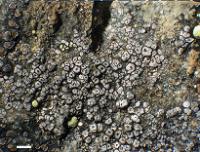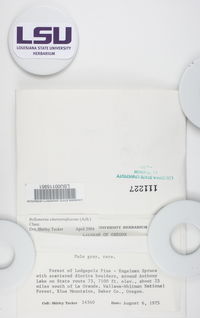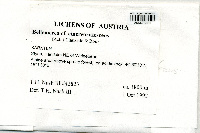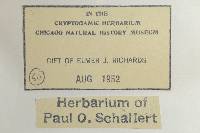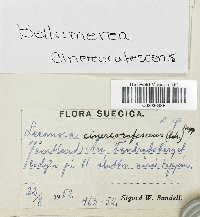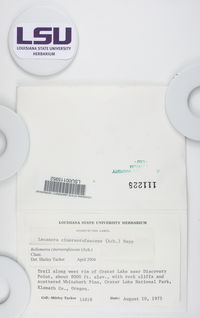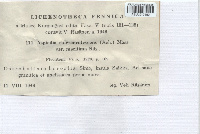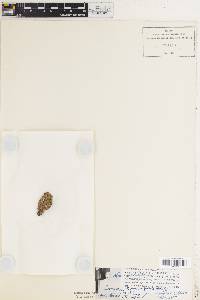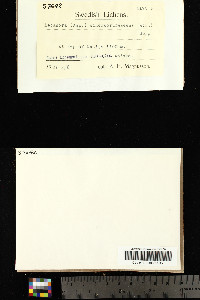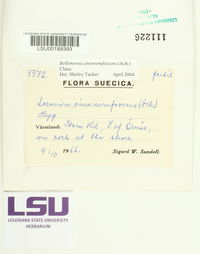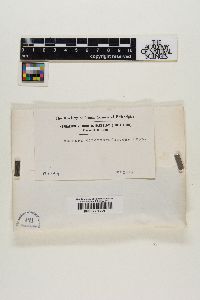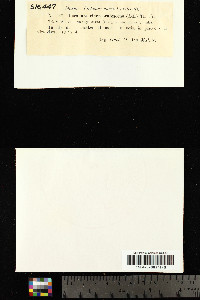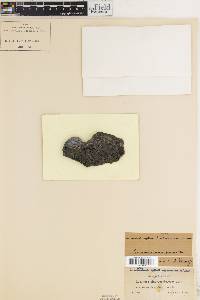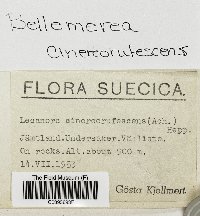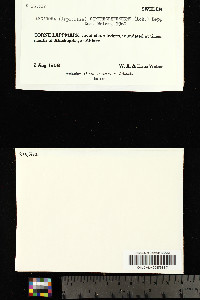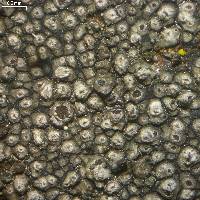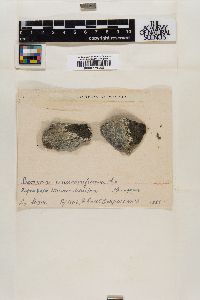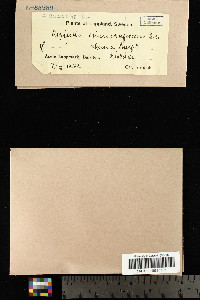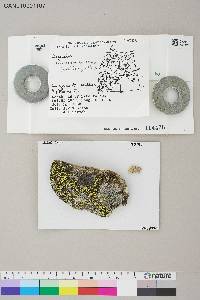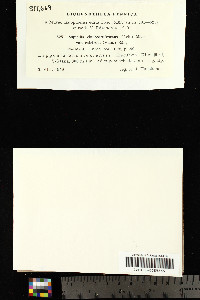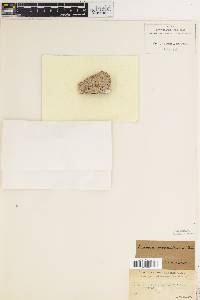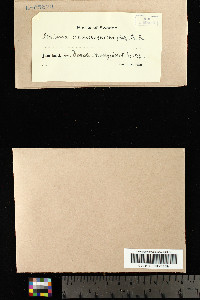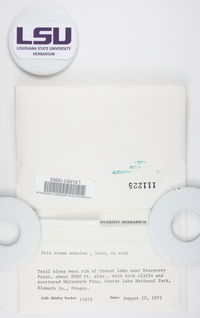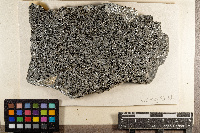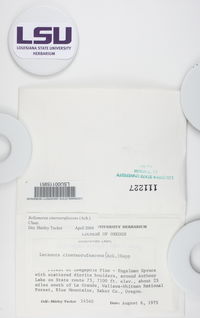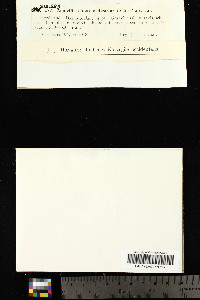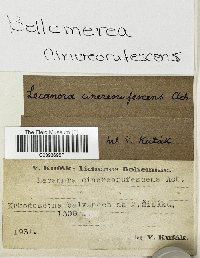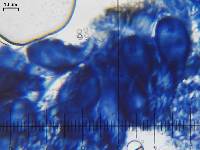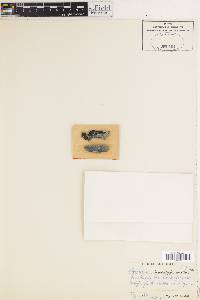
Consortium of Lichen Herbaria
- building a Global Consortium of Bryophytes and Lichens as keystones of cryptobiotic communities -
- Home
- Search
- Images
- Species Checklists
- US States: O-Z >
- US National Parks
- Central America
- South America
- US National Parks
- Southern Subpolar Region
|
|
|
|
Family: Lecideaceae
[Aspicilia cinereorufescens (Ach.) A. Massal., moreAspicilia cinereorufescens f. cinereorufescens (Ach.) A. Massal., Aspicilia cinereorufescens f. subcandida Arnold, Aspicilia cinereorufescens var. cincreorufa (Wahlenb.) Räsänen, Aspicilia cinereorufescens var. cinereorufescens (Ach.) A. Massal., Aspicilia cinereorufescens var. coracodiza (Vain.) Oxner, Aspicilia cinereorufescens var. maritima (Räsänen) Räsänen, Aspicilia cinereorufescens var. obscura Räsänen, Lecanora cinereorufescens (Ach.) Hepp, Lecanora cinereorufescens var. cinereorufa (Wahlenb.) Vain., Lecanora cinereorufescens var. cinereorufescens (Ach.) Hepp, Lecanora cinereorufescens var. coracodiza Vain., Lecanora cinereorufescens var. critica (Nyl.) H. Magn., Lecanora cinereorufescens var. maritima Räsänen, Lecanora cinereorufescens var. obscura (Räsänen) Zahlbr., Lecanora cinereorufescens var. transitoria H. Magn., Pachyospora cinereorufescens (Ach.) M. Choisy, Patellaria cinereorufescens (Ach.) Trevis., Urceolaria cinereorufescens Ach.] |
Nash, T.H., Ryan, B.D., Gries, C., Bungartz, F., (eds.) 2007. Lichen Flora of the Greater Sonoran Desert Region. Vol 3. Thallus: areolate, rather thick, (1-)2-8 cm in diam., smooth or warty- to chinky-areolate areoles: 0.3-1.4(-2) mm in diam., round or angular to irregular, contiguous, rarely dispersed; sometimes sterile; prothallus: black, ±distinct surface: pale to dark gray, dull, without soredia cortex: 10-20(-25) µm thick, uppermost part ±brown, 5-10(-15) µm thick, with cells 4-6 µm in diam., sometimes covered with a very thin epinecral layer 0-2 µm thick photobiont: chlorococcoid, cells ±round, 7-14 µm in diam. Apothecia: aspicilioid, 0.4-1.2(-1.8) mm in diam., 1-2(-4) per areole, concave and immersed at first, becoming plane to sessile in older apothecia disc: concave in younger apothecia, usually flat, at times convex, rarely pruinose, red-brown to brown-black when dry, red-brown when wet thalline margin: thin to rather prominent in older apothecia, concolorous with thallus exciple: very thin, or absent, (0-)10-15 µm wide; uppermost cells: brown, ±globose, 4-5 µm in diam. epihymenium: brown, N- hymenium: hyaline, I+ blue, 60-70(-85) µm tall; paraphyses 1.5-2.5(-3) µm wide below, with ±swollen apices 2.5-3(-3.5) µm wide, usually with a thin, dark brown cap; subhymenium and hypothecium: pale, I+ blue, together 30-50 µm thick asci: clavate, Porpidia-type, 8-spored ascospores: hyaline, simple, ellipsoid, (7-)8-16(-18) x (4-)5-9(-10) µm Pycnidia: immersed conidia: bacilliform, 4-5 x 1 µm Spot tests: thallus K-, C-, P-; medulla I+ blue Secondary metabolites: none detected by TLC. Substrate and ecology: on exposed or ±shaded, siliceous rock World distribution: montane, boreal, arctic-alpine; circumpolar; Eurasia, North America (from Alaska to Greenland, south to NE Canada in the east; south to Colorado, Utah and central California in the west) Sonoran distribution: the species is so far not found in the Sonoran area, but is expected to be found in northern Arizona. Notes: Bellemerea cinereorufescens is a typical species when well developed, with a rather large and thick, dark gray contiguous thallus where the areoles are not always fertile and large, dark apothecia which become ±sessile. The spores are smaller and the hymenium shorter compared to B. sanguinea. Small specimens can sometimes be difficult to differ from B. sanguinea, in which case the spore size is guiding. Bellemerea cinereorufescens has so far not been found in the Sonoran Desert region, but nearby in the central part of California (Tulare County: Sequoia National Park) where it grows on rocky outcrop in fir forest at 2200 m. The species is expected to be found in northern Arizona. |
Powered by Symbiota




